Mike_E
No longer a newbie, moving up!
- Joined
- Jan 26, 2007
- Messages
- 5,327
- Reaction score
- 266
- Can others edit my Photos
- Photos OK to edit
Hi, I don't have an enlarger or I'd do this myself.
Would someone with an enlarger and a flat bed scanner put the scanner under the enlarger, open the scanner (make sure it's perpendicular of course) and put a sheet of copy paper on it and then focus a neg on the paper to as large a size as possible still fitting on the scanner, then remove the paper and scan the neg?
If the scanner isn't over- or under-powered by the enlarger's lamp it should be just like scanning a Huge negative and greatly increase the detail in the file due to the scanner's limitations in DPI. Grain might be problematic but nosieware should handle it alright, it might also be a huge file.
Please let me know how it turns out.
Any takers? If it works, I'll defiantly be in the market for an enlarger!
Would someone with an enlarger and a flat bed scanner put the scanner under the enlarger, open the scanner (make sure it's perpendicular of course) and put a sheet of copy paper on it and then focus a neg on the paper to as large a size as possible still fitting on the scanner, then remove the paper and scan the neg?
If the scanner isn't over- or under-powered by the enlarger's lamp it should be just like scanning a Huge negative and greatly increase the detail in the file due to the scanner's limitations in DPI. Grain might be problematic but nosieware should handle it alright, it might also be a huge file.
Please let me know how it turns out.
Any takers? If it works, I'll defiantly be in the market for an enlarger!



![[No title]](/data/xfmg/thumbnail/42/42280-60cc6d4893a2f440eac7dd2248e733a9.jpg?1619740088)
![[No title]](/data/xfmg/thumbnail/42/42276-99df5da06c3e5dc83ae4bab11e935910.jpg?1619740085)
![[No title]](/data/xfmg/thumbnail/40/40308-f92e28f094216c151f3ad1fd7453c99b.jpg?1619739413)
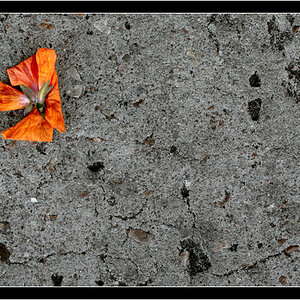
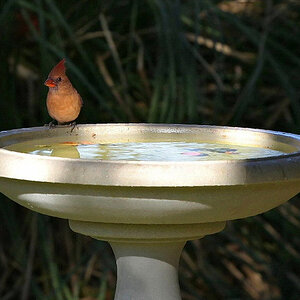
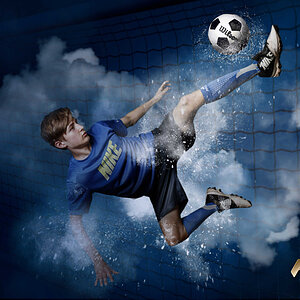
![[No title]](/data/xfmg/thumbnail/37/37098-71ca7ea318288ab459358b6e9c9a7a8d.jpg?1619737881)
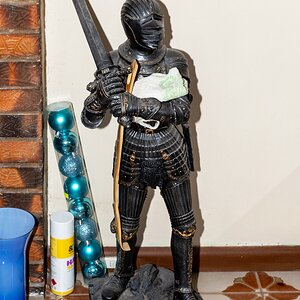
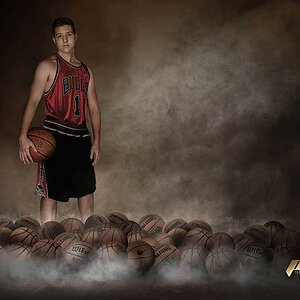
![[No title]](/data/xfmg/thumbnail/40/40307-b3813381d3c1ef8282c72905405b50fe.jpg?1619739413)

![[No title]](/data/xfmg/thumbnail/37/37100-48f2853fd9bcaf95edec62ff0be19ad3.jpg?1619737881)